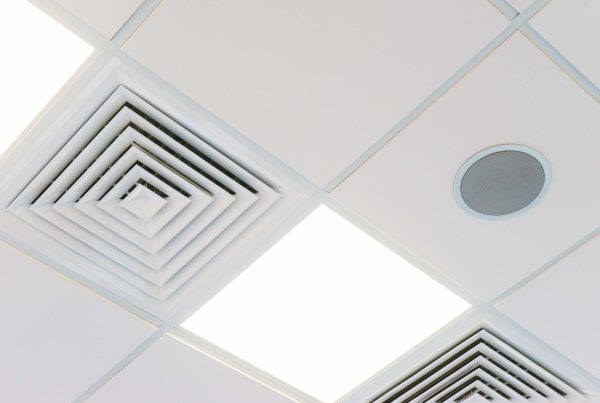Workplace radon is a so-called “inert” gas that emits ionising radiation, which means that radon is radioactive. Therefore it is also a potent risk. Ionising radiation can cause damage to cells, which in turn leads to illnesses such as cancer. Lung cancer is the most common form of cancer that can be caused by radon.
Radon gas is an element that can come directly from the ground because radon is created when uranium decays. It therefore exists naturally, which can affect properties that have basements with poor insulation. Or that are otherwise in direct contact with the ground.
How do you know if radon is a health risk in the workplace?
It is easy to measure radon levels in the workplace to see whether the value exceeds the limit above which radon is estimated to be a health risk. If the radon level is above 400 Bq/m³, it could mean that spending too much time in the property entails a direct health risk.
Measuring radon levels is simple and straightforward using radon boxes placed in rooms in which people spend the most time. In the case of homes, they are normally placed in bedrooms and living rooms. In the case of a workplace, it is a question of finding similar places in which people spend a lot of time.
There are two different kinds of radon boxes available: those offering long-term measurement or those offering short-term measurement. Long-term measurement must be carried out during the winter months and needs to last for two to three months to provide the most complete results possible for radon levels in the property. A so-called “annual average value” for the radon levels can be obtained from long-term measurement. There are also boxes that are used to carry out short-term measurements. A measurement with these boxes only takes around 10 twenty-four hour periods. Short-term boxes can be used at any time of year. Nevertheless, the results they give are not as accurate as long-term measurements.
What do you do about high radon levels?
There are a couple of different ways of dealing with high radon levels. One of the most common ways is to simply increase the ventilation to reduce the concentration of radon in the air.







